After a few years of trying different film labs, with the never-ending pondering about the quality of their developing process and scanning setups, I finally decided to simply do it myself at home. Got all the chemicals, tools and scanning kit, only had to pick a nice Macro lens to go with it.
Searching through websites and forums, everything was pointing me to my local lens manufacturer 7Artisans and their 60mm Macros, often recommended as the ideal budget starting point for film scanning at home. And they even made two generations of this lens, the bigger and slightly cheaper Mark 1 or the sleeker Mark 2, I just had to pick one. But while I was seeing lots of reviews for these two lenses, I couldn’t find any proper recommendation for which one is better for film scanning. And that brings me here.
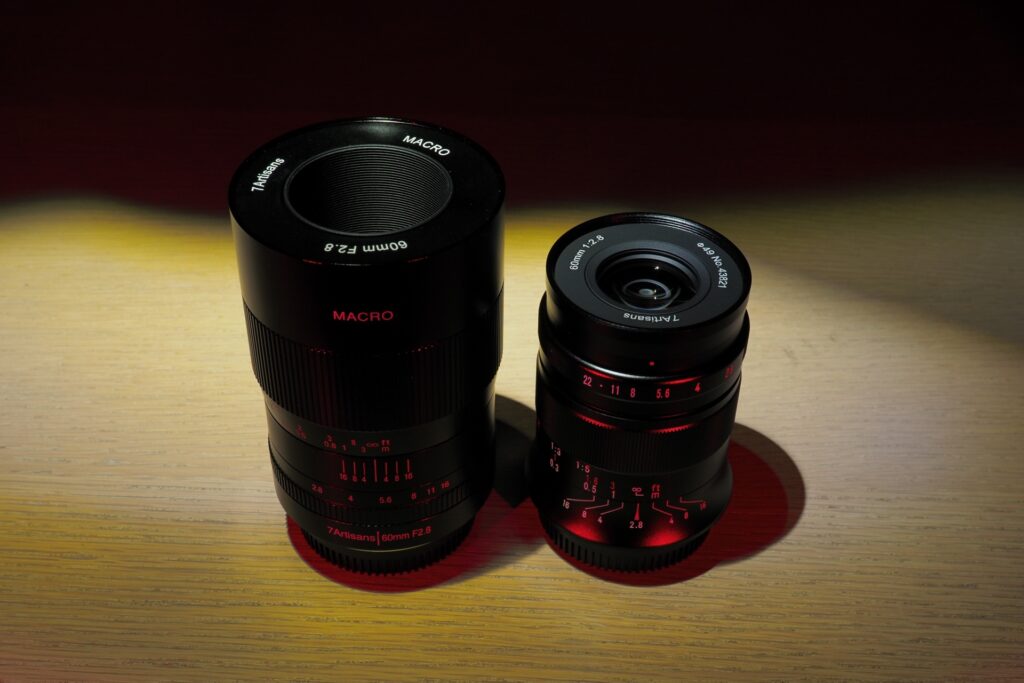
In this short article, I will focus on these lenses purely for the purpose of scanning 35mm film. I don’t care which one balances better on a small camera, which one casts shadows on a closeup of bees or which one has better bokeh, that’s covered by other people around the web.
Visit the official website for full specifications of 7Artisans 60mm F2.8 Mark 1 and 7Artisans 60mm F2.8 Mark 2. Current pricing puts Mark 1 at 159 USD, with Mark 2 being a little bit more expensive at 179 USD. But Mark 1 can often be found at a discount. Please note that these lenses are designed for APS-C or smaller sensors. My testing was done with the M43 Olympus OM-D E-M1 Mark II camera.
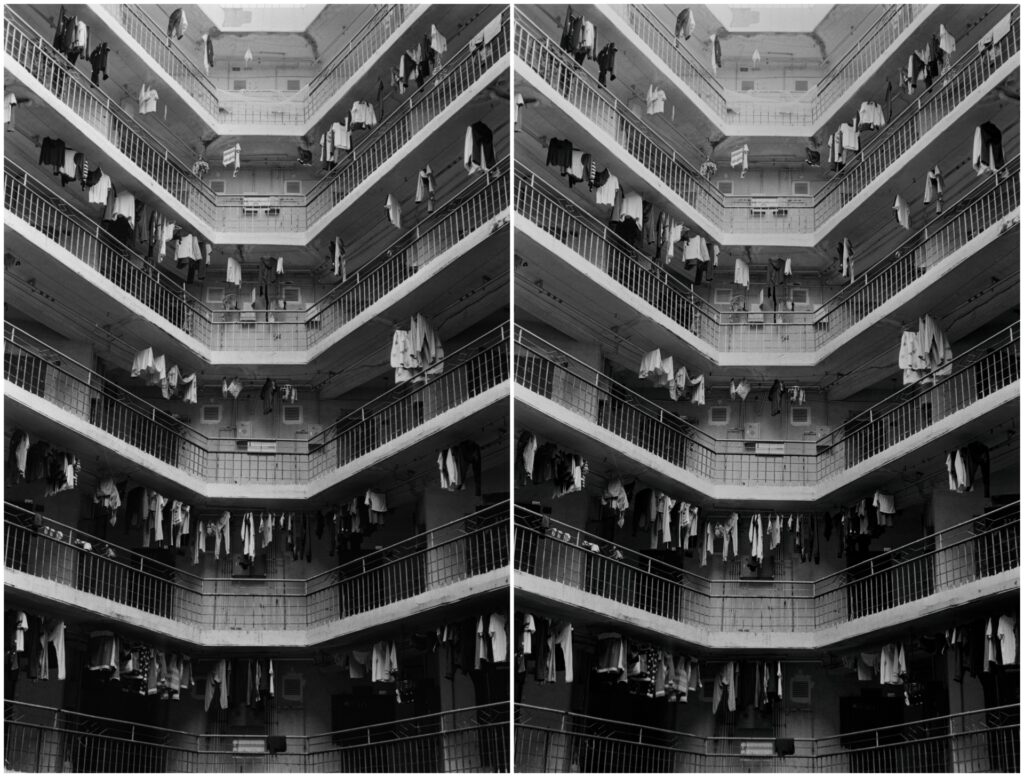
Practical Differences
Mounting lenses on the camera, we have to start with the difference in weight. Older 7Artisans 60mm F2.8 Mark 1 is quite a bit bigger and heavier at 550g, compared to leaner Mark 2 at just 340g, representing 60% of extra weight. On my setup, using quite a sturdy Coman TG340CT tripod, I haven’t noticed any issues with the extra weight and I believe people with nice copy stands will also face no problems. But some budget-oriented users with less sturdy tripods might need to keep this extra weight in mind and compensate for it with a higher shutter speed/ISO, brighter light source or remote release and longer shutter delay.
Framing the negatives, we need to talk about focus breathing. Mark 1 proves to be quite problematic in this aspect, with each focus adjustment at Maco levels causing a significant shift of the focal length and the overall framing. Every single time I was setting up the lens, I had to spend a few extra minutes in a seemingly never-ending cycle of adjust focus – adjust distance, adjust focus – adjust distance, over and over. Maybe this would be acceptable for users with just one film size and a permanently set copy stand, but for my setup with a tripod and different formats, it proved to be quite an annoyance. In comparison, Mark 2 shows pretty much no focal breathing and makes setting up and framing much easier.
Adjusting the focus, we will see the first category where 7Artisans 60mm F2.8 Mark 1 beats its newer sibling. With its focus throw around 225 degrees, I found Mark 1 to be clearly the better choice for critical focusing on the film negatives. Mark 2 offers only 135 degrees of focus throw and while it’s still a comfortable range for proper focusing at our magnifications, it simply never felt as exact, as precise as the Mark 1. At this point, I must compliment both models for smooth and well-dampened focus rings, overall matching the good standard set by the latest releases from 7Artisans.
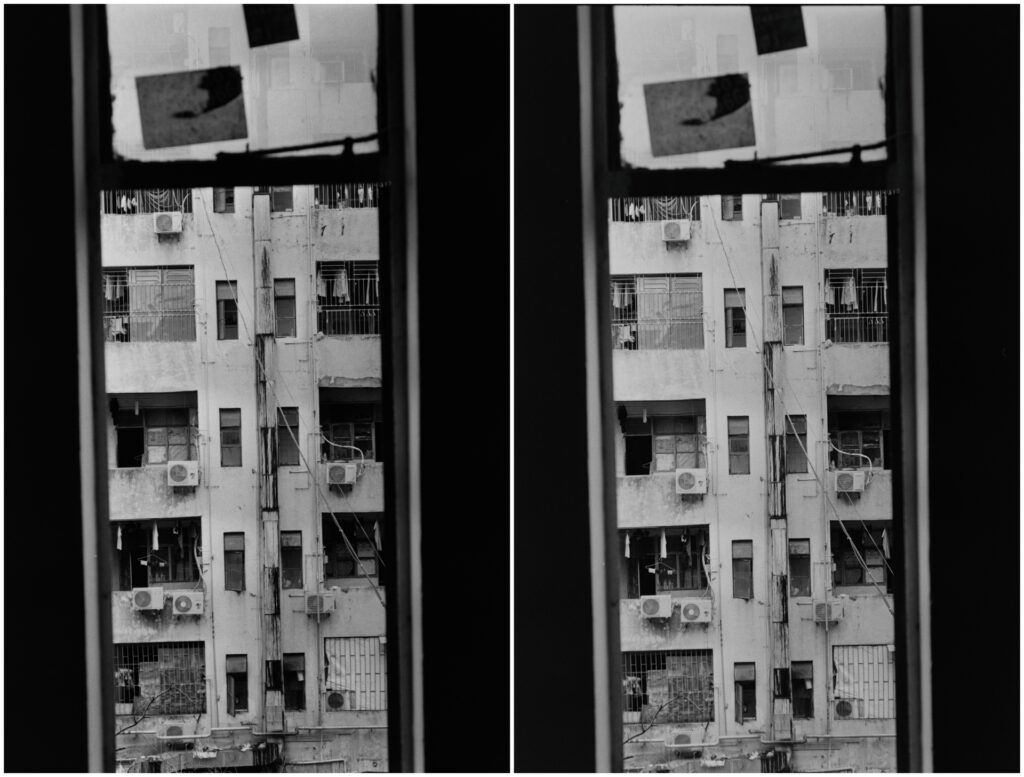
Optical Differences
For the main comparison, I used a roll of Fomapan 100, shot in Nikon F4 with 105mm F2.5 and 50mm F1.8 D lenses, at home processed with semi-stand Rodinal development. The camera used for scanning was an Olympus OM-D E-M1 Mark II, shooting Raw and with basic inversion done in DXO PhotoLab software. Both Macro lenses were focused on the center of negatives, aperture set at F5.6, which showed to be the sharpest aperture in my testing and something that’s common on M43 sensors in my experience.
Looking at the testing photos in normal situations, both lenses provide good-quality scans, with decent sharpness and contrast. For use at standard viewing distances or for posting on social media and websites, I believe either of them would serve very well. I even shared the scans with our photography club and there was no clear consensus on which of the lenses produced better results.
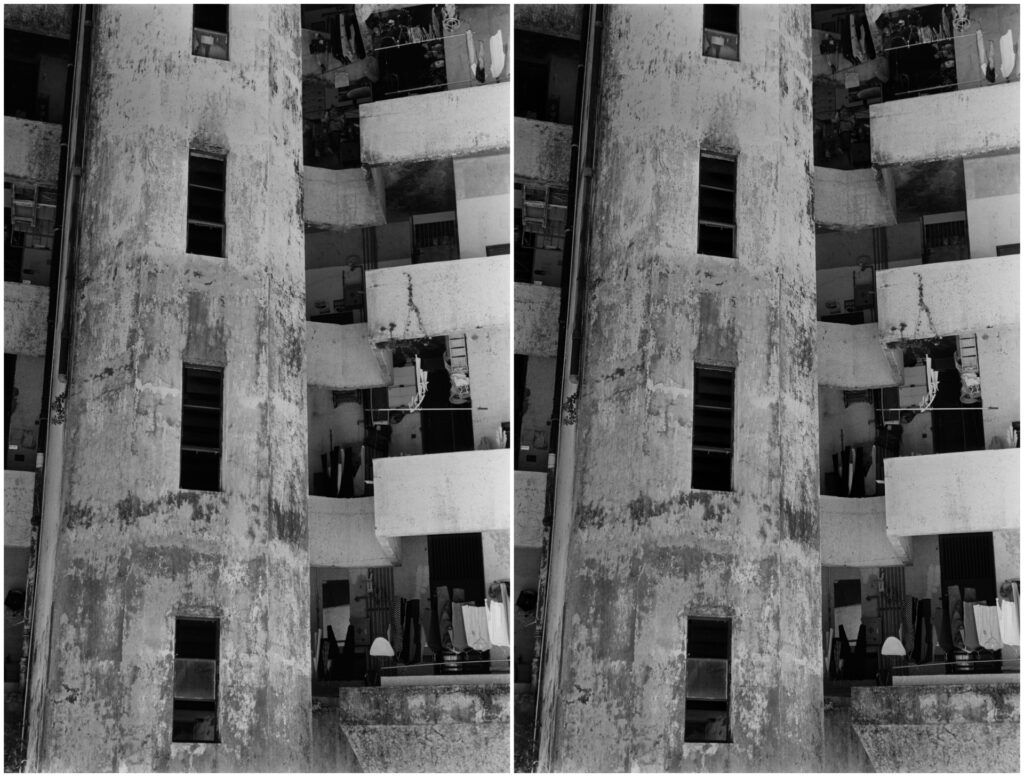
In detailed pixel peeping on my bigger monitor, I started to see differences between the two lenses, showing a clear pattern over multiple frames. Mark 2 always seemed a bit sharper in the center and was consistently providing better even sharpness across the whole frame. Only on the outer edges did the Mark 1 sometimes show a bit cleaner image and even then I wasn’t sure if it wasn’t caused by a slight misalignment between negatives and focus plane.
Overall, I’m really happy with the quality of the scans I got with these budget Macro lenses. They easily beat any of my previous attempts with extension rings on M43 lenses and I would also pick them over Fuji SP-3000 scans provided by my local film labs. The only time I got better scans was with Canon 6D Mark 2 and 100mm IS USM Macro, but at that point, we are talking about a way different price range than these budget 7Artisans.
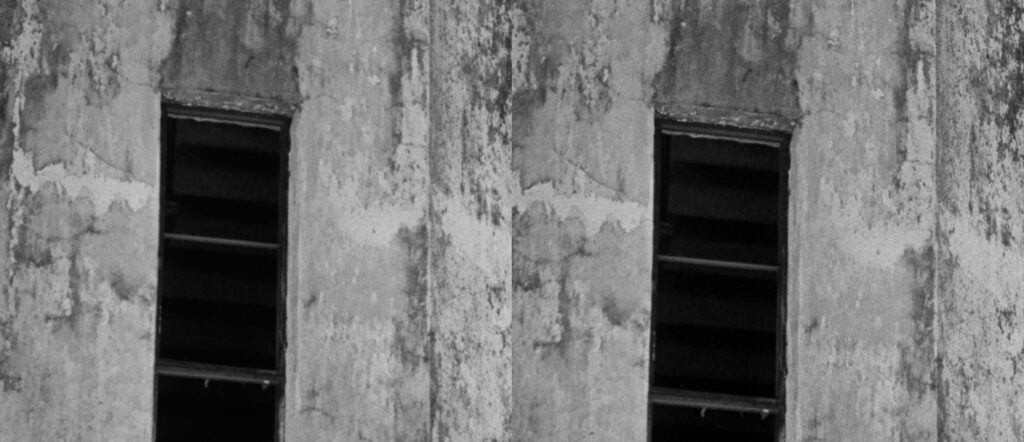
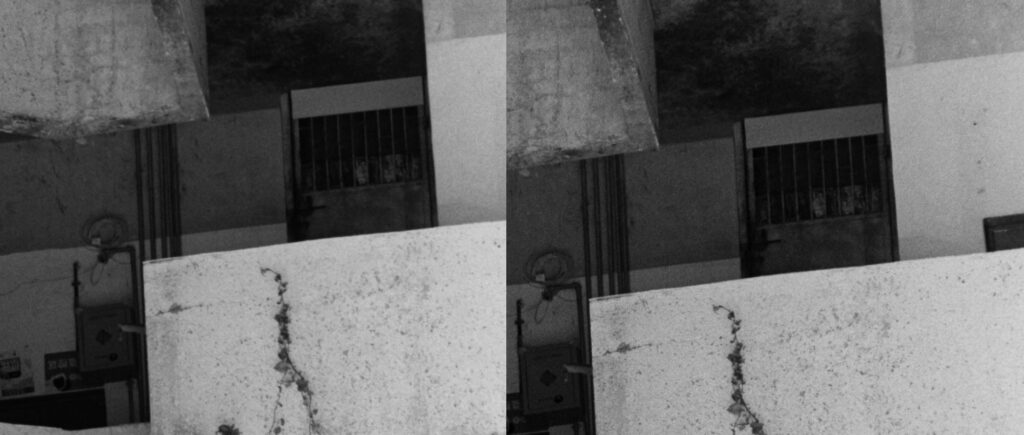
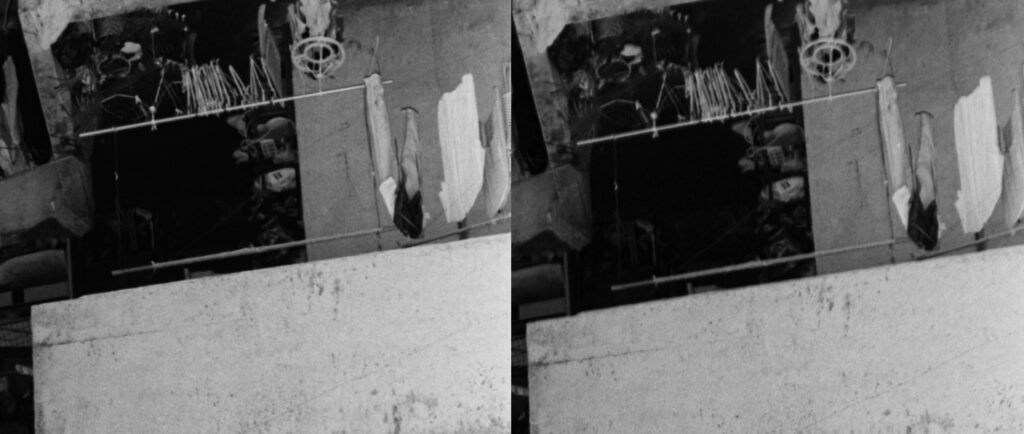
Conclusion
In the end, I picked the 7Artisans 60mm F2.8 Mark 2 for my home scanning rig. While I appreciated its better optical performance, the ease of quick framing on my tripod setup also played a significant role in my decision. And I will somehow learn to live with its less precise focus ring.
But Mark 1 still offers a very good alternative, especially if it can be purchased at a discount. Sometimes I see it available for as low as 100 USD, at which point it can be a significant saving compared to the Mark 2 and maybe the best budget scanning option.
–
You can follow me on Instagram to see my photos from China and the rest of Asia
I also run Shenzhen Photoclub for all local and international photographers, you can get in touch on our official Instagram profile.
Share this post:
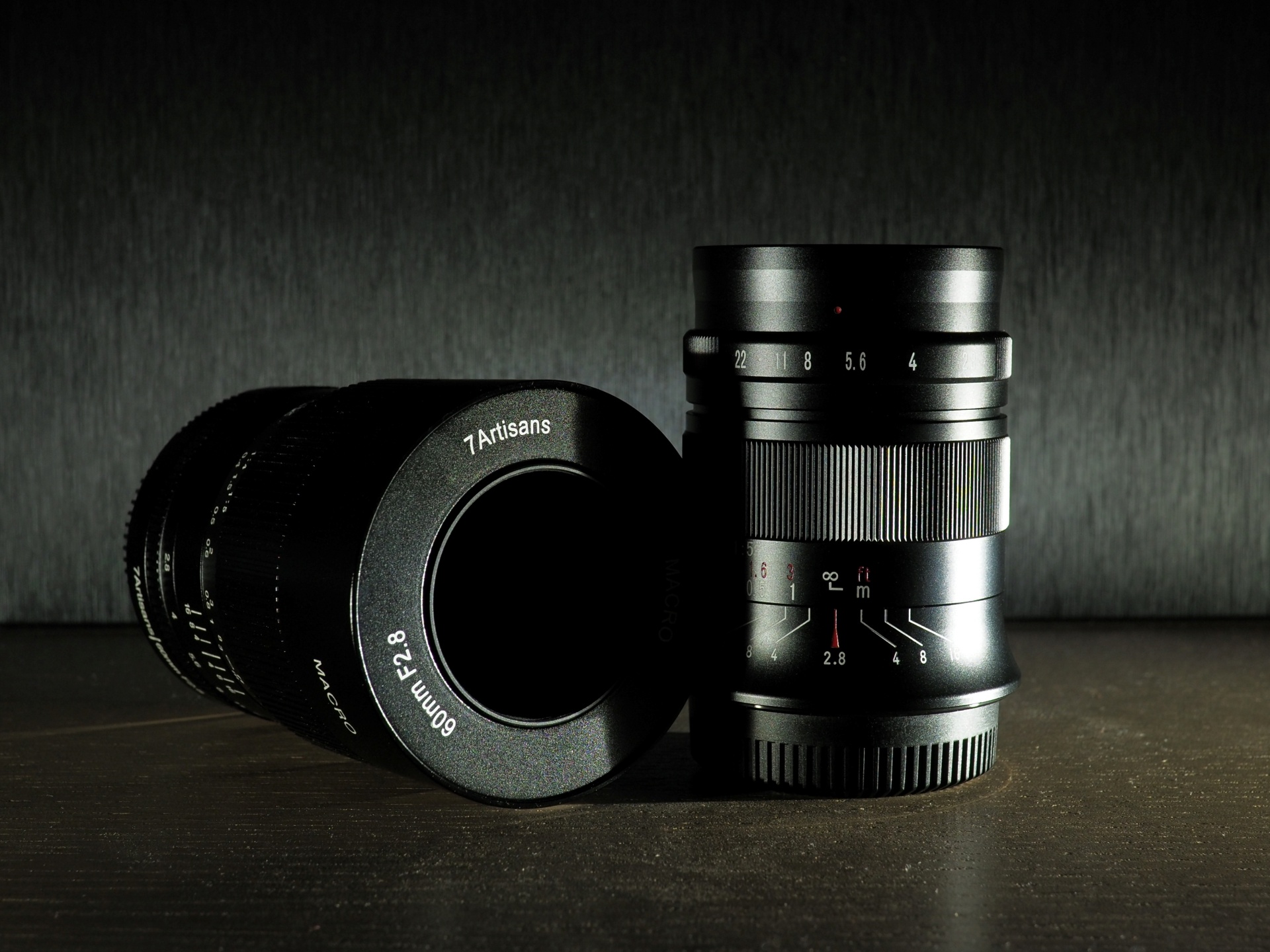
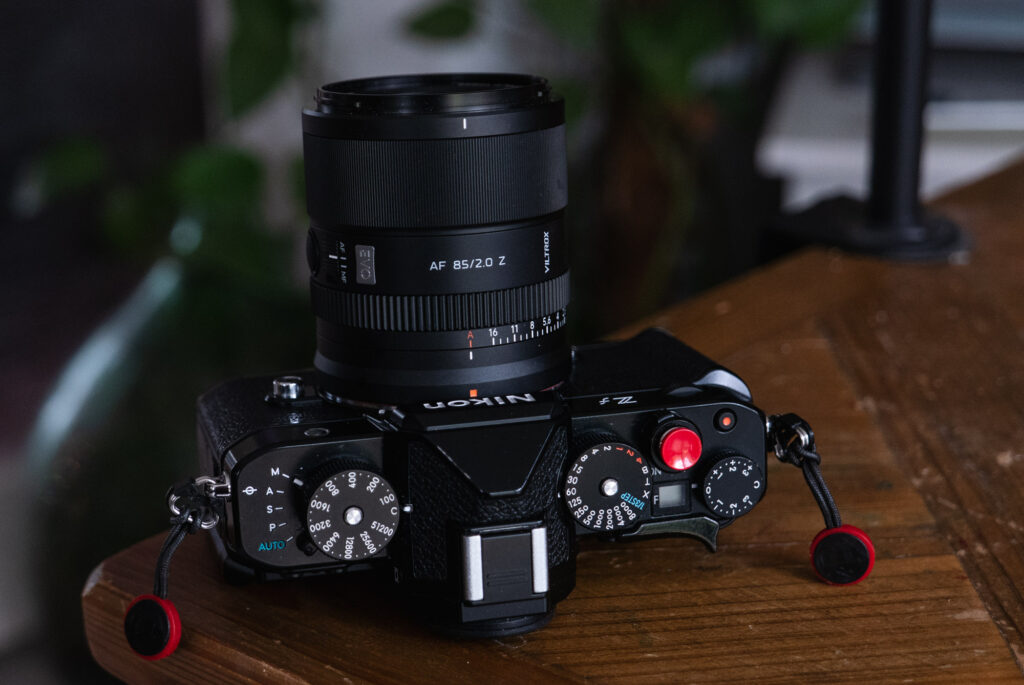

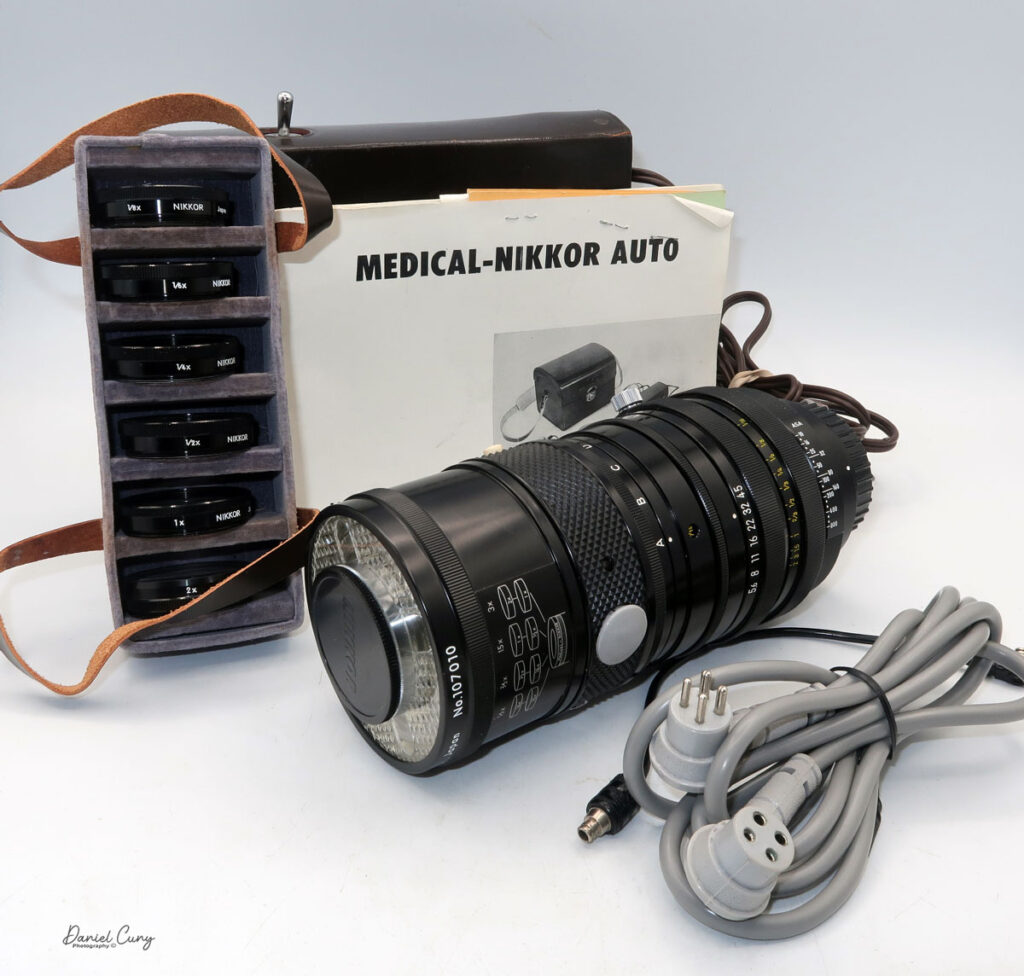





Comments
Uli Buechsenschuetz on 7Artisans 60mm 2.8 Macro Lenses – A Comparison of Two Lenses for Film Scanning
Comment posted: 05/04/2024
Comment posted: 05/04/2024
Stefan on 7Artisans 60mm 2.8 Macro Lenses – A Comparison of Two Lenses for Film Scanning
Comment posted: 05/04/2024
Comment posted: 05/04/2024
Tyler Montgomery on 7Artisans 60mm 2.8 Macro Lenses – A Comparison of Two Lenses for Film Scanning
Comment posted: 05/04/2024
Comment posted: 05/04/2024
Gary Smith on 7Artisans 60mm 2.8 Macro Lenses – A Comparison of Two Lenses for Film Scanning
Comment posted: 05/04/2024
Thanks for your article!
Comment posted: 05/04/2024
Geoff Chaplin on 7Artisans 60mm 2.8 Macro Lenses – A Comparison of Two Lenses for Film Scanning
Comment posted: 06/04/2024
Comment posted: 06/04/2024
Geoff Lee on 7Artisans 60mm 2.8 Macro Lenses – A Comparison of Two Lenses for Film Scanning
Comment posted: 08/04/2024
Can you share anything about your software workflow? I am using grain2pixel to produce TIFFs for work in lightroom, which works well but sometimes seems confused by B&W negatives.
Comment posted: 08/04/2024
Comment posted: 08/04/2024
Robert Kapp on 7Artisans 60mm 2.8 Macro Lenses – A Comparison of Two Lenses for Film Scanning
Comment posted: 08/04/2024
I now use the valoi easy35. With my ttArtisan Lens I need exactly one tube to have exactly the right distance to the negative (1,5 magnification apsc crop). This makes a lot of things easier and faster.
george on 7Artisans 60mm 2.8 Macro Lenses – A Comparison of Two Lenses for Film Scanning
Comment posted: 20/05/2024
Craig Wantuch on 7Artisans 60mm 2.8 Macro Lenses – A Comparison of Two Lenses for Film Scanning
Comment posted: 27/10/2025